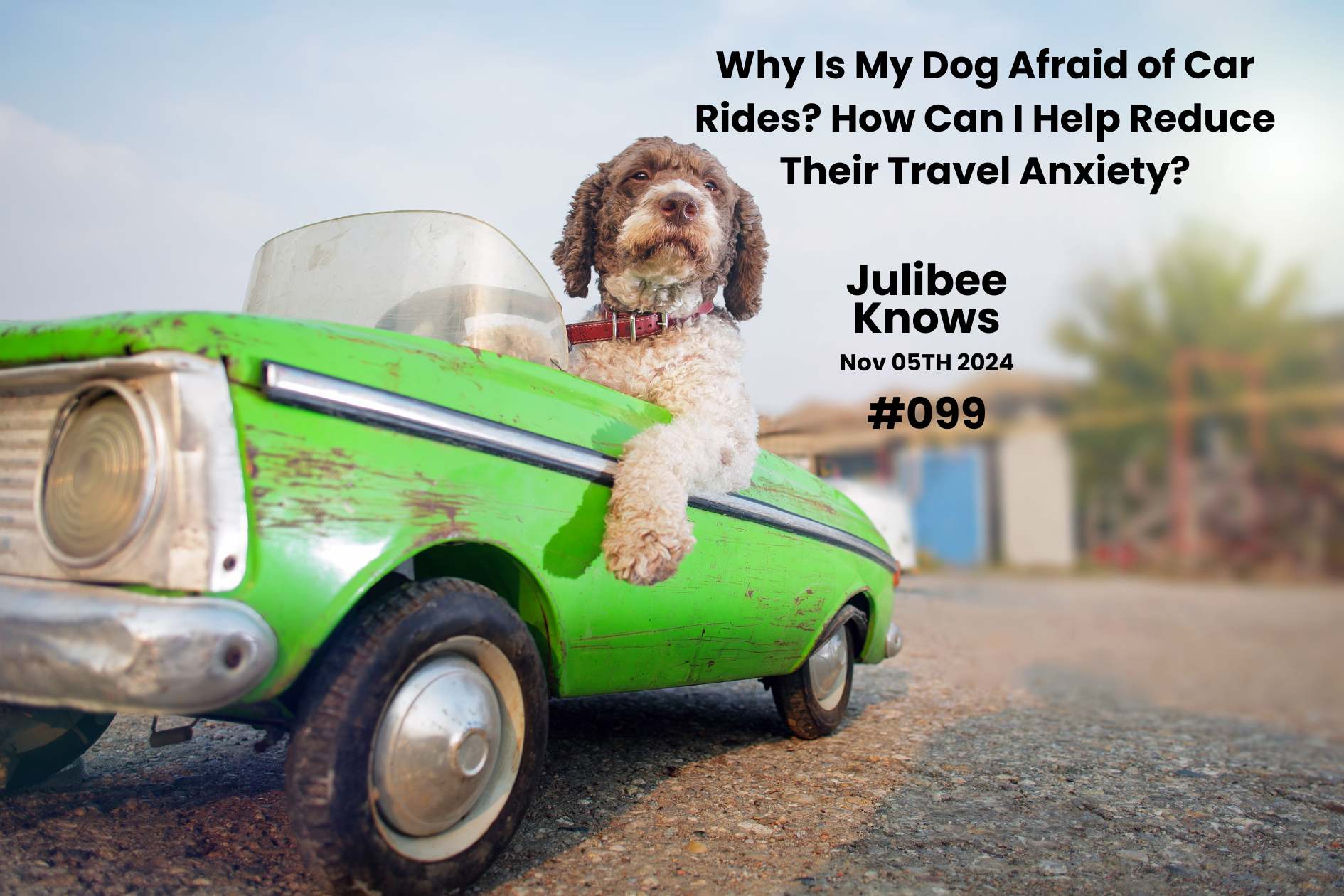
Why Is My Dog Afraid of Car Rides? How Can I Help Reduce Their Travel Anxiety?
Developing a Stable Temperament
What to Do When Your Dog Refuses to Enter the Car?
Follow the principle of "multiple short sessions, focusing on reducing avoidance and fear."
- Toss treats into the car and let your dog retrieve them without forcing them to stay
- Once comfortable entering the car, gradually introduce engine sounds and movement
- Begin with short trips to enjoyable destinations
- Over time, dogs will associate car rides with positive experiences, as they learn that cars mean adventures to fun places
The Journal of Veterinary Behavior (2019) supports this gradual desensitization approach, noting that positive associations significantly reduce travel-related anxiety in dogs. - Sherman, B.L., & Mills, D.S. (2019)
Recommending Pet Carrier Cages for Car Travel
It's important to acclimate your dog to their pet carrier cage before actual travel is needed. The benefits of using a pet carrier cage include:
- Prevents destructive behavior in the car
- Provides psychological security through partial visual blocking
- Limits movement during sudden stops or starts
- Reduces driver distraction


Alternative Safety Measures
If not using a carrier, you can try dog car seat or dog car seat cover, and implement these safety features:
- Install barriers to prevent access to the front seat
- Prevent paw injuries
- Attach the safety clips to keep dog safe

The American Veterinary Medical Association (AVMA) recommends using properly installed pet barriers and protective equipment for unrestrained dogs in vehicles.
Window Management When allowing your dog to enjoy fresh air:
- Control window opening size to prevent jumping
- Be careful when operating windows
- Avoid open windows in heavy traffic or at high speeds
According to the American Society for the Prevention of Cruelty to Animals (ASPCA), partially opened windows should be managed carefully to prevent injury or escape.
Additional Notes:
- For highway travel or long distances, ensure bathroom breaks before departure and carry pee pads
- Brush your dog before travel during shedding season
- Consider fasting before travel if your dog is prone to motion sickness
The American Animal Hospital Association (AAHA) provides guidelines for safe pet travel, including recommendations for motion sickness prevention and travel preparation.

